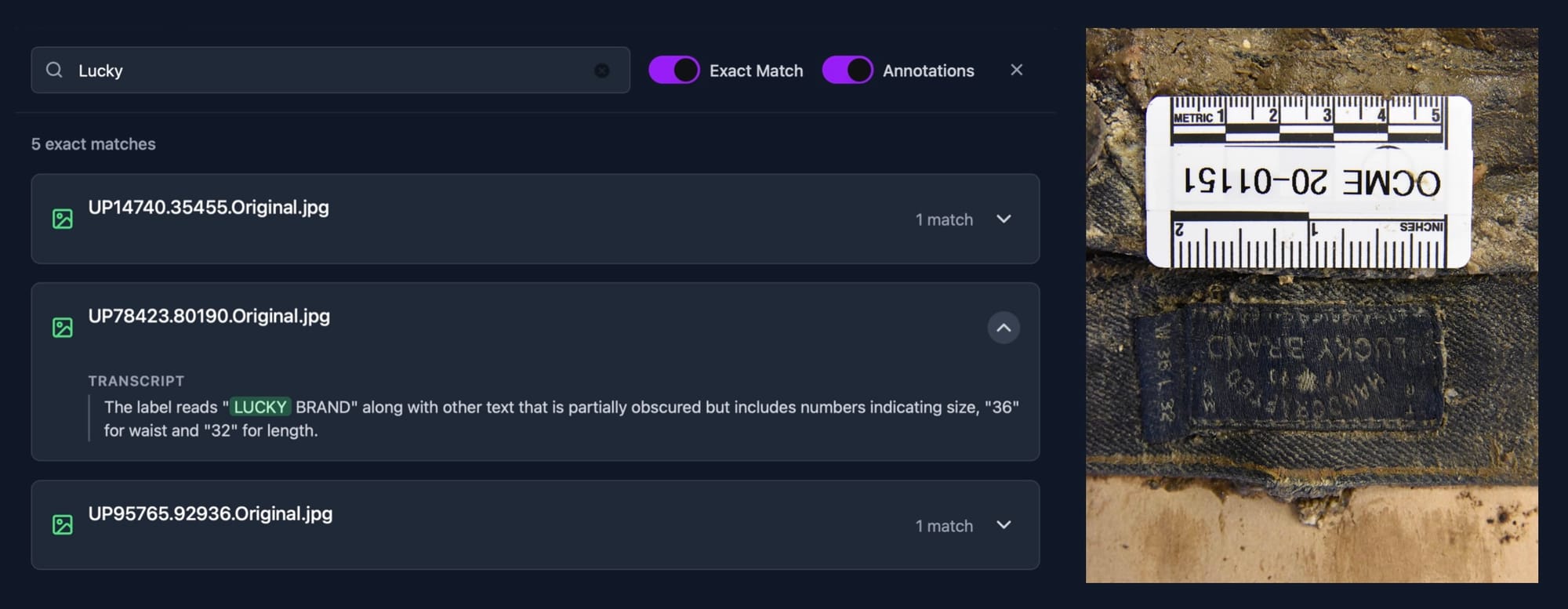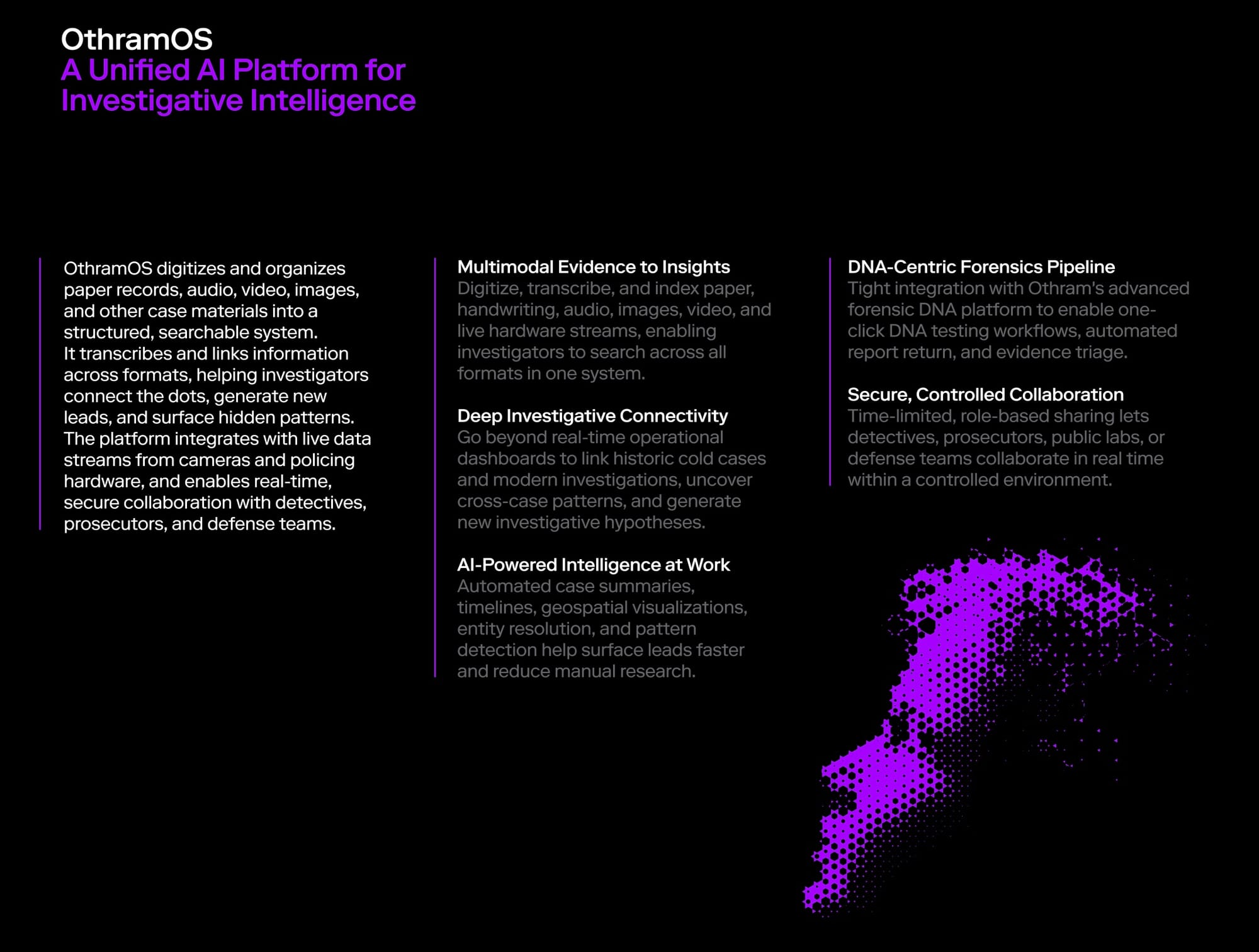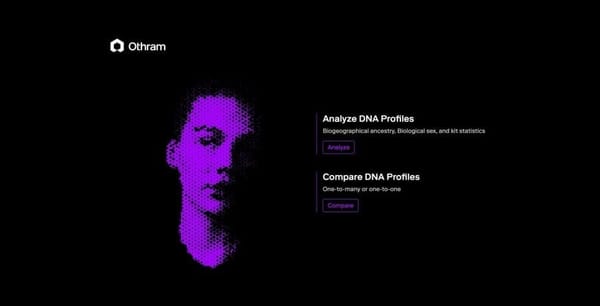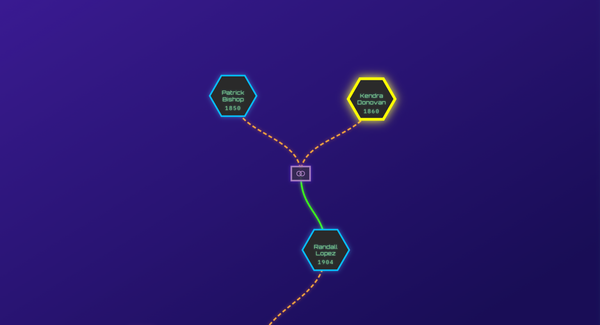For centuries, investigators have tried to answer two questions: “What happened?” and “Who did it?”.
Policing has evolved through distinct eras, each shaped by the tools, methods, and mindsets of the time. Investigations have traditionally relied on the intuition and persistence of highly skilled detectives, however there are not enough detectives to staff for the backlog of unsolved cases. Even if there were, manual labor alone is an expensive and inefficient way to scale justice and close the gap between crime and resolution.
It has been said that technology acts as a lever on the world, enabling us to do more with less. In forensics, however, much of the technology in use today is either dated, not based on sound science, or both. The wrong tools slow investigations, introduce unnecessary uncertainty, and limit the ability to deliver reliable answers to investigators, to prosecutors and defense attorneys in the courtroom, and ultimately to families seeking justice.
At Othram, we believe certainty in investigations starts with best-in-class technology and validated science that is precise, unbiased, and built to be interrogated. This philosophy drove us to purpose-build Forensic-Grade Genome Sequencing® (FGGS®) and, more recently, our end-to-end Multi-Dimensional Forensic Intelligence (MDFI) platform for resolving identity and extracting forensic intelligence from DNA evidence. These tools represent the most precise way to attribute DNA to a specific person. Othram is the only genomic services provider whose end-to-end process for forensic genetic genealogy has been validated through legal proceedings for both cold and active violent crimes across multiple U.S. states. Law enforcement agencies have publicly announced more than 520 cases where Othram’s technology has contributed to a successful resolution, more than any other provider on earth.
Now, the challenge is to look beyond DNA and ask where else we can bring certainty through best-in-class technology. An investigation is almost always built from more than DNA alone. Other context in a case—such as timelines, witness statements, geospatial data, and digital evidence—can help speed up a DNA-based identification. Likewise, DNA-based forensic intelligence can help validate, refute, or focus non-DNA leads in a case.
We are entering a new chapter: the Algorithmic Era of Policing. This era will not replace investigators. Instead, it will augment their abilities with the speed, scale, and precision of AI, turning what was once impossible into the routine work of modern investigations.
The Algorithmic Era
In today’s investigations, the biggest challenge is rarely a lack of information. It is the inability to process it all. Decades-old case files, surveillance footage, handwritten notes, audio recordings, and forensic evidence often sit in silos, inaccessible to the people who need them most. This fragmentation slows investigations, obscures leads, and leaves connections undiscovered.
By rapidly organizing and analyzing massive volumes of complex, multimodal evidence, AI gives investigators a real-time, integrated view of a case, no matter how sprawling or fragmented the data may be.
The advantages of algorithmic systems go beyond speed and reach:
- Scalable: Once developed, algorithms can be applied across countless cases and jurisdictions without requiring proportional increases in staff or resources.
- Transparent: Well-designed algorithms produce outputs that can be interrogated, allowing investigators, oversight bodies, or the public to understand how results were reached.
- Evolving: Unlike static processes, algorithms can be critiqued, refined, and improved over time, making the investigative process smarter and more effective with each iteration.
The result is a shift from reactive case management to proactive, intelligence-driven investigations where every new case benefits from the lessons learned in the ones before it.
Introducing OthramOS
We are currently in a limited beta for OthramOS and are inviting agencies across the country to be among the first to experience its capabilities. If you are interested in participating, now is the time to reach out. The best part is that if you have already used Othram’s online system for requesting forensic DNA services, you will immediately understand how OthramOS works!
OthramOS is a unified AI platform for investigative intelligence. It digitizes and organizes paper records, audio, video, images, and other case materials into a structured, searchable system. It transcribes and links information across formats, helping investigators connect the dots and generate new leads. The platform integrates with live data streams from cameras and policing hardware, and enables real-time, secure collaboration with detectives, prosecutors, and defense teams.

Below are some of the highlights of what investigative agencies can unlock with OthramOS:
Multimodal Evidence to Insights
From archived police reports to real-time surveillance feeds, OthramOS indexes every format in one place. Investigators can search seamlessly across text, images, audio, and video, breaking down the barriers between evidence types.
Deep Investigative Connectivity
The platform links historic cold cases with active investigations, revealing patterns that span time and geography. These connections help agencies uncover related incidents, identify repeat offenders, and spot trends that traditional systems miss.
AI-Powered Intelligence at Work
Automated case summaries, geospatial mapping, entity resolution, and pattern detection dramatically reduce the time needed to surface actionable leads. This allows investigators to focus on strategic decision-making over manual review.
DNA-Centric Forensics Pipeline
With one-click integration into Othram’s advanced forensic DNA workflows, physical evidence can move directly from recovery to analysis, database searching, and investigative follow-up. This accelerates case progress while maintaining forensic rigor.
Secure, Controlled Collaboration
Role-based, time-limited sharing ensures that detectives, prosecutors, defense teams, and public labs can collaborate in real time without compromising security or chain of custody.
Tomorrow's Technology, Today
In the Algorithmic Era of Policing, no piece of evidence is too old, no dataset too large, and no connection too obscure to be found. The more complete the information about a crime scene, the more value can be extracted from analysis. An AI-first system organizes and makes each detail accessible, enabling investigators to make better decisions, faster. This turns disparate information into coherent, actionable investigative intelligence.
This is not just a new tool, it is a new operating model for justice. By combining human insight with machine precision, OthramOS ensures that every case, no matter how old or complex, has the best possible chance for resolution. And because algorithmic systems are scalable, transparent, and continually improving, each investigation builds on the progress of the last.
The Othram team will be presenting Othram OS and doing live demos at the 2025 International Association of Chiefs of Police (IACP) Annual Conference this October. Check out the below preview of our booth and please contact us to schedule time to meet at IACP with one of our team members.







